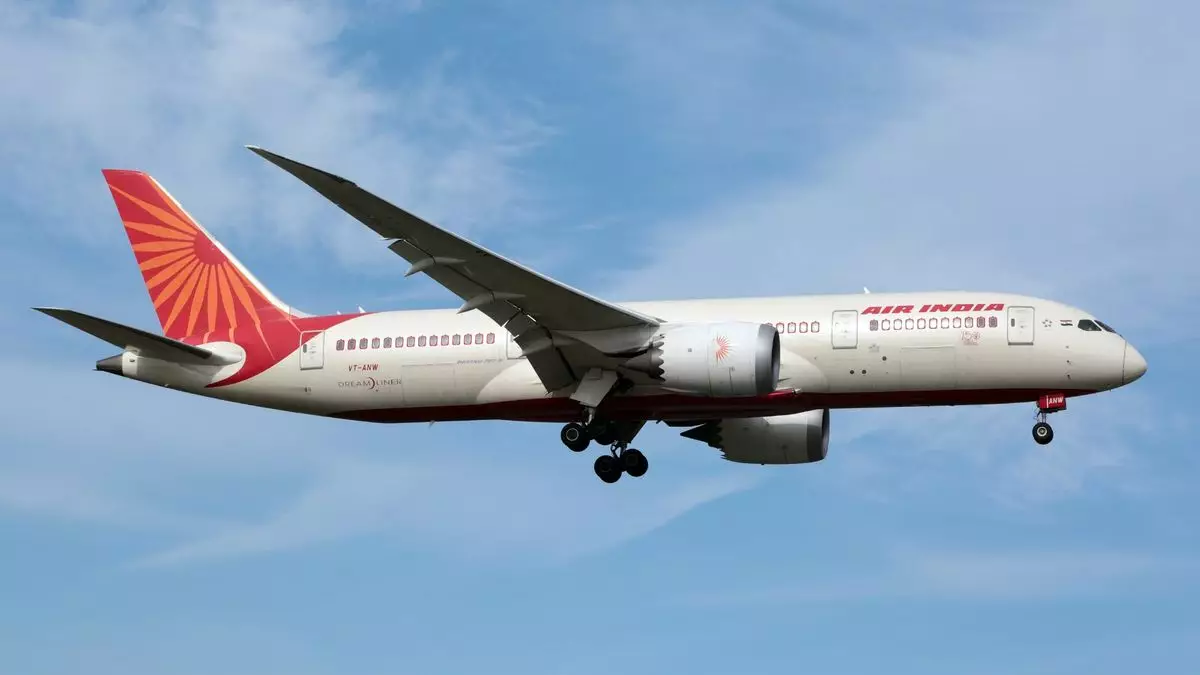On June 16, 2023, Air India Flight 171 met a tragic end, crashing into a medical college hostel in Ahmedabad and claiming the lives of 270 individuals both on board and on the ground. Just ten days prior, amidst lofty ambitions and strategies for revitalization, CEO Campbell Wilson had addressed global aviation media, exuding an almost audacious confidence about the future of the airline. His announcement, set against the backdrop of the IATA Annual General Meeting, underscored a pivotal moment for an airline long mired in decline. The juxtaposition of this catastrophe with the CEO’s aspirations accentuates the inherent volatility of the aviation industry and raises critical questions about the safety, management, and future trajectory of Air India.
The Rebirth of an Airline
Since Tata Group’s acquisition of Air India, a transformation project unprecedented in scale has been underway. The airline has made significant moves, including a staggering order of 570 aircraft, among which a majority have yet to be delivered. This ambitious reclamation of Air India—which had suffered from decades of governmental neglect—illustrates a keen understanding of the burgeoning Indian aviation market. With the country projected to surpass Japan as the world’s fourth-largest economy, and a robust annual growth forecast of 5.4% into the next few decades, it’s evident why volatility has been coupled with optimism at the airline.
Moreover, the merger with Vistara has been a game-changer, allowing Air India to significantly increase its international operational capacity. However, in the aftermath of the Flight 171 crash, the airline now faces a backdrop of scrutiny and challenges that threaten to cast long shadows over these ambitious plans. According to industry analyst John Strickland, the airline’s turnaround strategy, while necessary, must now grapple with the devastating implications of this accident. It is a sobering reminder that underinvestment and historical mismanagement cannot be completely overlooked when attempting to pivot toward a more service-oriented and competitive future.
Operational Challenges and Ongoing Investments
Even as Air India works to enhance its image and operational readiness, significant challenges are still at play. The carrier’s reputation for punctuality remains in the balance, with recent statistics revealing that only 71% of its flights were on time, placing it in the bottom tier of global airlines. Despite efforts to update technology and fleet interiors, the operational infrastructure suffers from years of neglect. Wilson’s optimism must now contend with hard data revealing the airline’s operational deficiencies—issues that could hinder its turnaround if not addressed adequately.
Moreover, reports indicate that while there has been a move towards recouping lost ground—by recruiting thousands and refurbishing aircraft—the airline’s net losses still linger in the fiscal year for 2024-25. This leads to a precarious situation: sustaining investment and momentum amidst operational and economic shortcomings. Such contradictions illustrate the profound challenges Air India faces not just in overcoming past deficiencies but also adhering to evolving market expectations that characterize today’s aviation landscape.
The Competition Dilemma
India’s aviation landscape presents its own set of challenges and opportunities, particularly in the context of burgeoning international competition. The current statistics reveal that Indian carriers operate only 69 widebody aircraft, a significantly lower number than that of rivals globally, such as Singapore Airlines, which has a fleet surpassing the entire Indian operation. This disparity reveals a critical need for Air India to innovate beyond mere fleet enhancement. Capturing a larger share of the international market will require rethinking business strategies in a way that promotes competitiveness—counteracting the dominance of Gulf carriers eager to service India’s air traffic.
Wilson’s acknowledgment of the vast potential within the Indian market indicates recognition of these challenges, with hopes pinned on increasing the frequency of Indian travelers. Still, as demonstrated with Flight 171, the implications of perceived systemic failures haunt the trajectory of Air India’s future. The investment rationale that should propel the airline into a new era of service is undermined whenever safety concerns take the limelight.
The Imperative of Safety and Trust
The repercussions of the Flight 171 tragedy call into question Air India’s newly minted promises of reliability and safety for its customers. Wilson’s assertion that the accident should catalyze a movement toward building a safer airline reflects an urgent need for introspection, yet it raises concerns about whether this reflection can be effectively translated into actionable change. Investigations lingering over the cause of the crash will inevitably leave a cloud of uncertainty over the airline’s operations and reputation. As the industry watches closely, the urgency for Air India to reinforce its safety protocols in a comprehensive manner becomes clearer.
With every effort that the airline makes towards rebuilding itself, the lessons learned from this crisis must serve as a turning point. Only through authentic leadership, consistent accountability, and a commitment to not only meet but exceed safety standards will Air India be able to rise from the ashes of its storied past, paving a promising path towards the future amid the turbulence of the aviation sector.


Leave a Reply